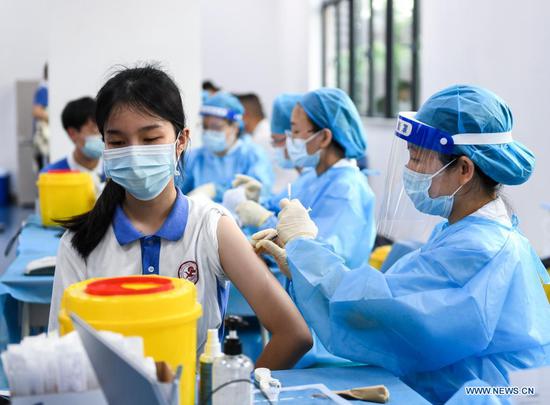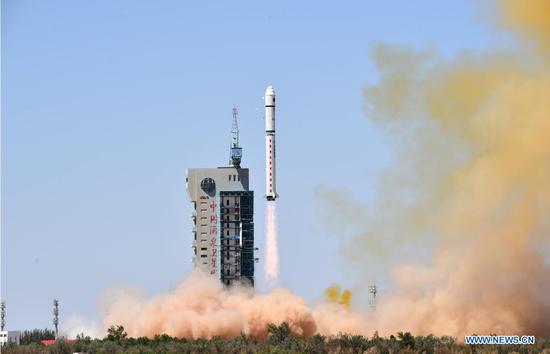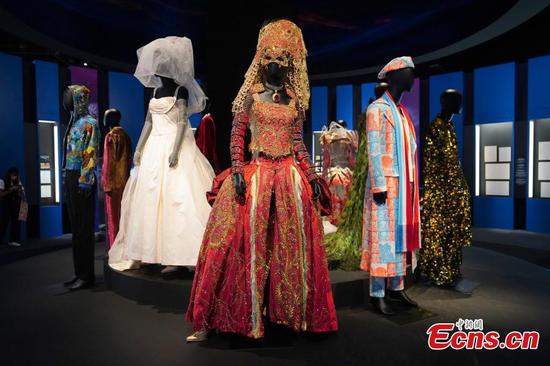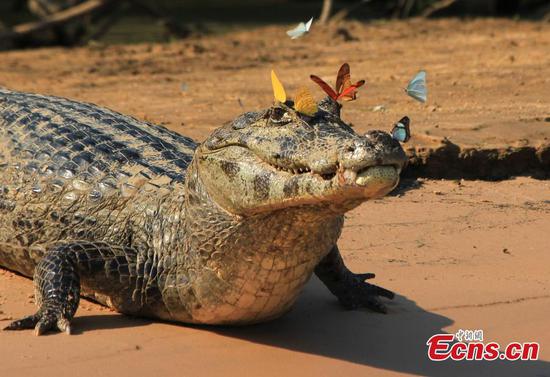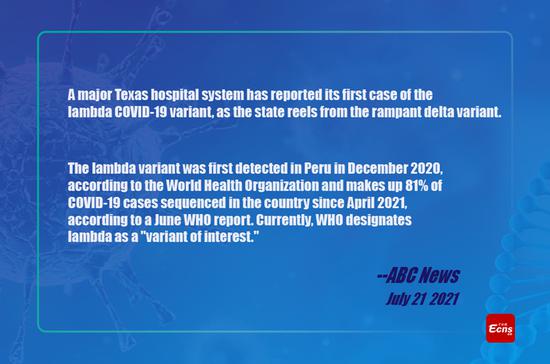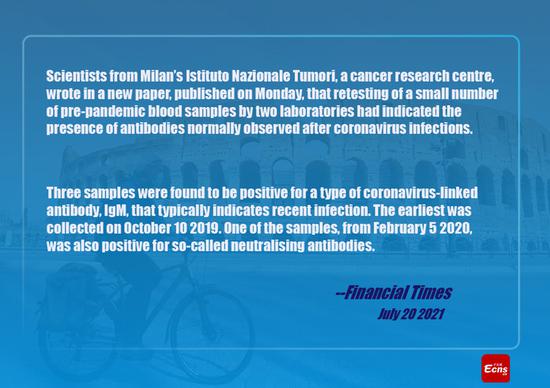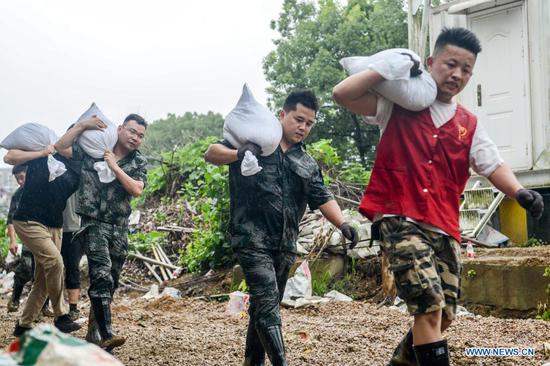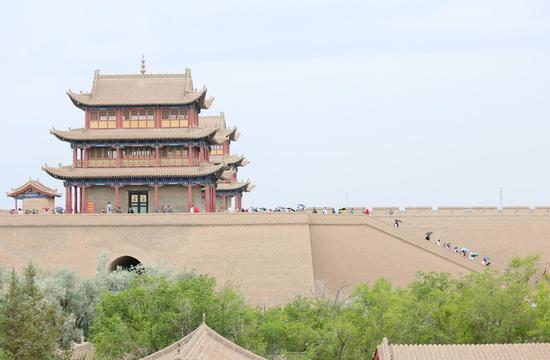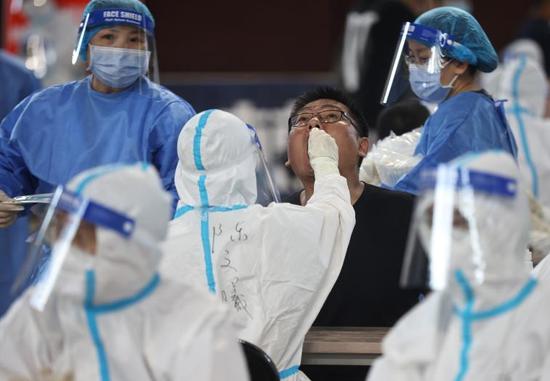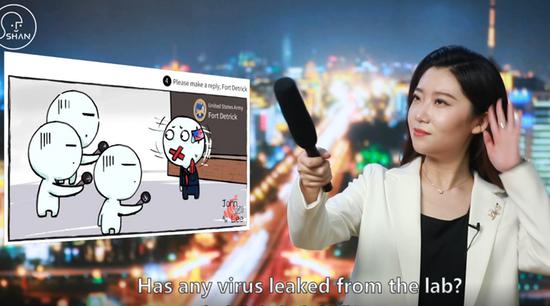There is a huge amount of data to support the natural origin of SARS-CoV-2, the novel coronavirus that causes COVID-19, said David Hayman, professor of infectious disease ecology at Massey University in New Zealand.
"To date, there is nothing but some circumstantial evidence that SARS-CoV-2 escaped from a laboratory," Hayman told Xinhua in a recent interview, who reiterated that he still does not see any signs of human intervention of the virus according to all the evidence and data scientists have got so far.
This is not the first time that the scientist dismisses a lab manipulation theory of the virus.
In earlier June, Hayman told The New Zealand Herald that a lab-made pandemic is extremely unlikely, as there is no genetic sign of human meddling.
"People really need to understand that viruses do recombine. For example, the novel virus from Malaysia that was recently detected seems to be a recombinant of a cat and dog viruses, which were also previously not known," Hayman was quoted by the newspaper as saying.
He told Xinhua that the outbreak of COVID-19 is not a surprising phenomenon for human beings, since every moment there are people infected with numerous diseases from animals.
Hayman noted that similar scenarios happened before, like SARS in 2002 and MERS in 2012, and will not stop happening. "Which viruses or other new infections that infect people depend on the viruses in nature in those regions."
Jemma Geoghegan, a virologist from the University of Otago, echoed Hayman.
"In fact, we don't know where most of the viruses that infect us have come from," said Geoghegan. "This is why we need to sample more viruses in nature and expand our knowledge of the diversity of viruses that exist."
As to the origin tracing in the future, Hayman called for more collaborative and transparent international cooperation.
"We need more data to piece together what the likely pathway was. This work will require more interviews of people, testing samples from people, along with sampling wild and domesticated and farmed animals. This will take time, money and patience," he said.
Hayman also warned that like other virus emergencies, human beings may never know precisely what happened because of the complexity of virus transmission, but scientists need to make judgement based on the cumulative evidence which may ultimately accumulate and become more concrete.
He revealed that most people in his academic bubble, especially colleagues working with infectious diseases, believe the most likely way SARS-CoV-2 emerged is from a person having contact with an infected animal rather than the "lab leak theory." However, he himself has been pressurized by some people that hold strong disbelief in the study by the World Health Organization.
"I believe international cooperation is essential and that everyone benefits from openness and collaboration. The key is obtaining and verifying the evidence to enable ongoing studies. All countries and media have a responsibility to ensure respectful and sensible debate, based on scientific evidence," Hayman added.
Ananish Chaudhuri, a professor of experimental economics at the University of Auckland, published an article saying that the lab-leak theory is a "campaign to isolate China" from other developing countries "whose markets are much coveted by the Western nations."
"During the pandemic, the Western countries effectively made it clear to developing countries that when it came to vaccines or other help the latter were completely on their own," said Chaudhuri.
"The only feasible option left is to prove to the world that China let lose this pathogen deliberately," he said, adding that such a campaign is full of "baseless canards."
"Scientists should ponder at length before lending their credibility to this smear campaign," he said.








